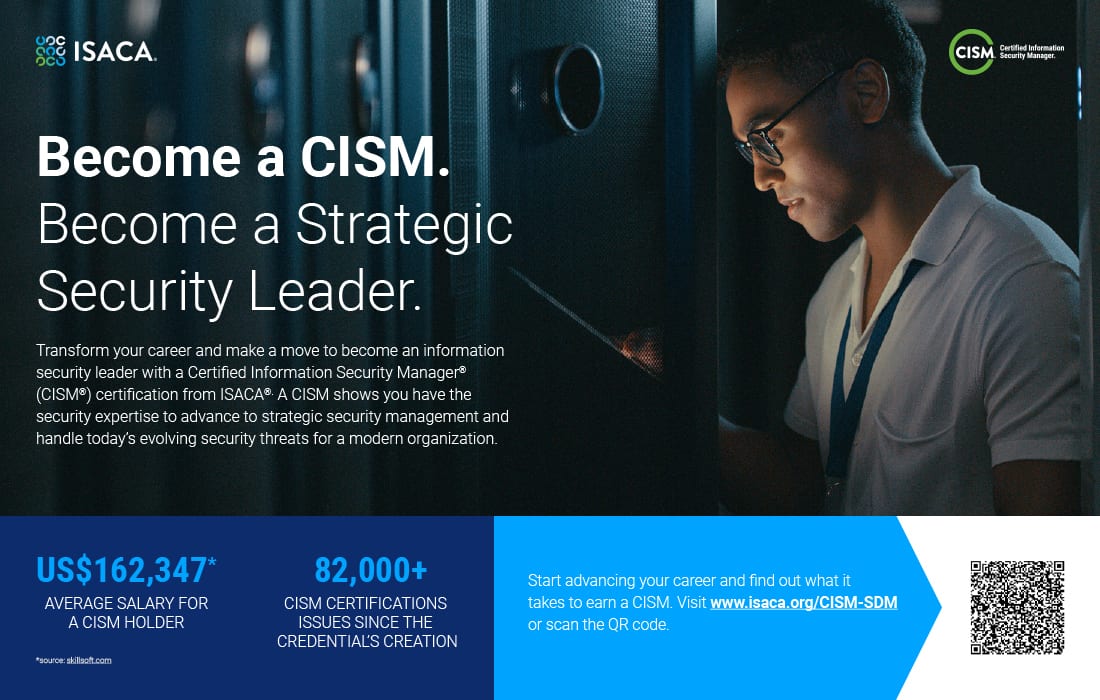november 2023


Security Program Design: Part 3
By J. Nicole McDargh, Contributing Writer
In the third and final installment of the Security Program Design series, J. Nicole McDargh discusses how to present a security program to leadership.
Presenting the Security Program: Win Leadership Buy-In

andreswd / E+ via Getty Images
Editor's Note: This article is the third installment of our three-part Security Program Design series from J. Nicole McDargh. Click here for part one — Mastering the First Step in Security Management: Get Your Facts Right — and part two — Strategies for Developing an Effective Security Program: Build the Right Solution.
Part three of the Security Program Design series presents the crucial aspects of showcasing and creating a framework for a security program. This series of three articles has explored the three fundamentals that form the bedrock of effective security management principles: “Get Your Facts Right,” “Build the Right Solution,” and this article will focus on the final piece: “Present the Program for the Win.”
Building upon the previous articles, this installment delves into how to effectively present the proposed program to senior management; highlight the program’s value to stakeholders; create a rollout plan for implementation teams; and address change management for impacted employees.
1. Presenting to Senior Management
As discussed in previous articles, a well-crafted security program can drive business success. By assessing the organization’s culture, evaluating its risk profile, and gauging senior management’s priorities, security leaders can tailor their program suggestions and design to align with company and leader expectations and objectives. This targeted approach will enhance the chances of securing support and resources for implementing an effective security program that safeguards the organization’s assets and aligns with its overall mission and vision. Now share how the program was designed, using an equally tailored message.
Aligning with the Company Culture: Incorporate language, examples and scenarios that align with the existing company culture, values and norms. Emphasize how the security program will support and enhance the organization’s overall mission and vision.
Addressing the Risk Profile: Focus on the specific risks and vulnerabilities identified during the risk assessment. Highlight how the proposed security program directly addresses these risks, providing tangible solutions and mitigation strategies. This will reassure senior management that the program is targeted and designed to protect the organization from its most significant threats.
Resonating with Senior Management: Craft the “pitch” in a way that clearly demonstrates the value proposition of the security program to senior management. Present the potential impact of implementing the program on key metrics such as compliance, reputation, customer trust and operational efficiency. Emphasize the alignment of the program with their objectives, such as cost reduction, regulatory compliance, or competitive advantage.
2. Demonstrating Value to Stakeholders
When presenting the security program to stakeholders, it is crucial to address their specific concerns and showcase the program’s value from their perspective. Stakeholders may include executives from other departments, business partners, regulatory bodies or customers who rely on the organization’s security measures.
For instance, while presenting to a business partner who is concerned about data privacy and compliance, security leaders could highlight specific steps in their security program that address regulatory requirements, demonstrate data protection measures and showcase a commitment to maintaining a secure environment for shared data. By tailoring the presentation to each stakeholder group and addressing their pain points, security leaders can significantly enhance their confidence in the security program.
When presenting the security program to senior management, it may be helpful to highlight the return on investment (ROI) and align the program’s objectives with the organization’s overarching business goals. Security leaders can showcase the potential financial impact of the program by highlighting potential cost savings from mitigated security breaches or reduced downtime.
For example, security leaders could present statistical data on the average cost of a security incident in their industry and demonstrate how implementing the proposed security program could reduce the likelihood of such incidents occurring. Additionally, they could align the program’s objectives with the organization’s long-term strategic goals, emphasizing how increased security will enhance customer trust, protect valuable intellectual property, and give the company a competitive edge.
advertisement
advertisement
3. Rollout Plan for Implementation Teams
Creating a rollout strategy for implementing the security program is essential to ensure successful adoption and minimal disruption. Start by defining milestones and establishing a timeline for different phases of the implementation. This will provide a clear roadmap for the implementation teams, but it will also show stakeholders how to limit exposure and risk during the implementation, help garner some confidence in a smooth process and hopefully demystify what might seem like a complex or expensive program.
Additionally, security leaders can reassure management that they are prioritizing effective collaboration among the implementation teams by fostering clear communication channels, conducting regular progress meetings, and providing training and support to address any challenges that may arise during the implementation process.
4. Change Management for Impacted Teams
The success of any program hinges upon the adaptability and acceptance of the employees being impacted by the changes. Showcase an understanding about the importance of building in change management strategies, including transparent communication, training and support for employees during the implementation process.
Demonstrate an ability to manage the impact of the security program on employees through transparent communication campaigns — clearly explaining the reasons behind the security changes, the benefits they will bring, and the roles and responsibilities of employees in maintaining a secure environment.
Address how training programs can be designed to equip employees with the necessary knowledge and skills to adapt to the new security measures. For example, if a new access control or badging process is being implemented, you might organize workshops or online training sessions to guide employees on how to use the new systems effectively and explain how the process is a good thing.
Explain how you will build in feedback mechanisms to provide ongoing support — and to address any questions or concerns employees may have during the implementation process.
Ensuring Program Success From Design to Implementation
The art of crafting a well-planned and thoughtfully executed presentation for a security program could play a pivotal role in its overall chance of getting it approved, and enthusiastically supported.
A well-crafted presentation allows you to demonstrate a strong alignment between the security program’s objectives and the overarching business goals of the organization. By acknowledging their pain points and showcasing how the security program provides explicit solutions and added value, security leaders build confidence and secure buy-in from these critical decision-makers.
Furthermore, by outlining the phased implementation and clearly communicating the roles and responsibilities of different teams, security leaders create a roadmap towards confidence in proper execution. By building in adequate training, support and open channels for communication, security leaders underscore their focus on ensuring employee acceptance and engagement in facilitating a smooth transition to the new security measures.
In essence, the success of obtaining approval for a security program is often hinged upon the ability to create a compelling and persuasive presentation. By investing time and effort into developing a well-rounded approach, backed by concrete examples and tailored messages, security leaders may significantly increase the likelihood of garnering the support and validation needed for the implementation of a robust security program that safeguards an organization’s assets and drives overall business success.

About the Author
J. Nicole McDargh, JD, CPP, is VP Safety and Loss Prevention at Domino’s and host of the podcast Your Security Boss. Image courtesy of McDargh


